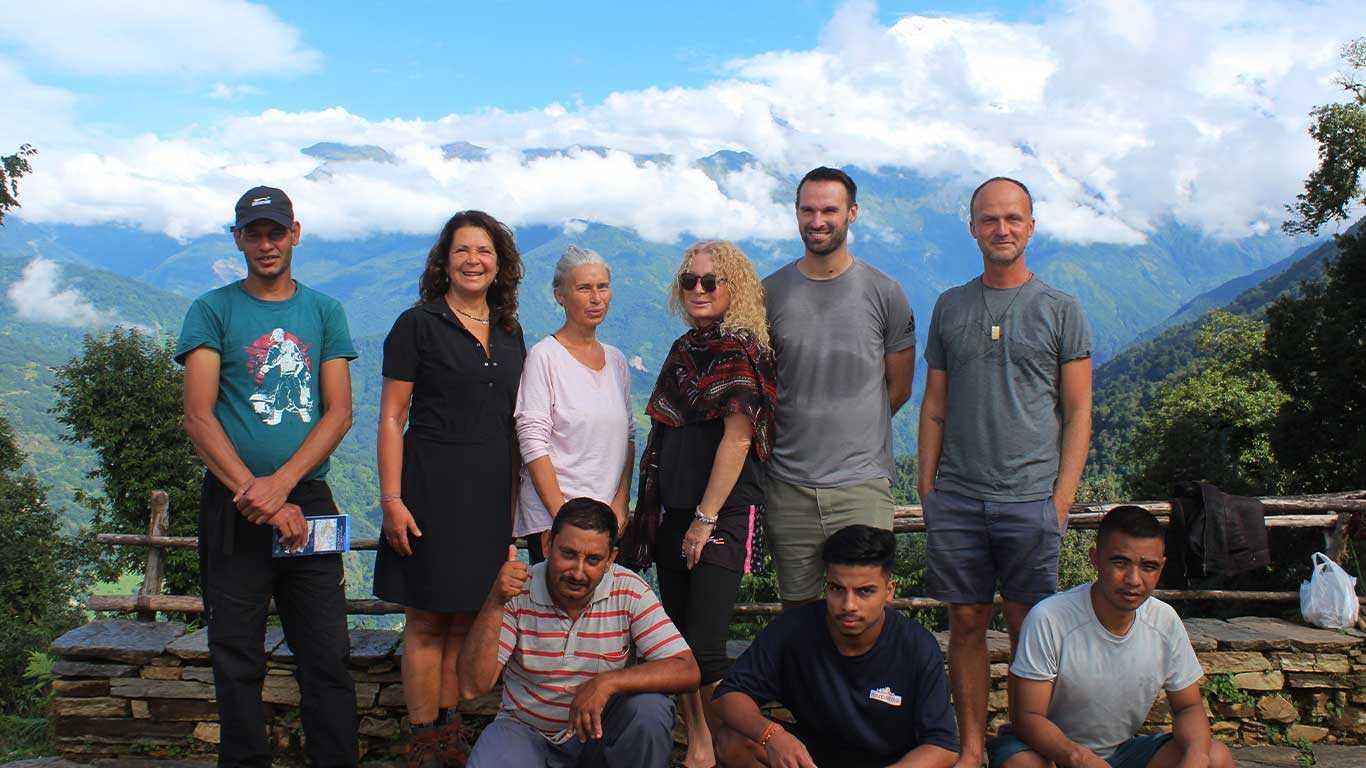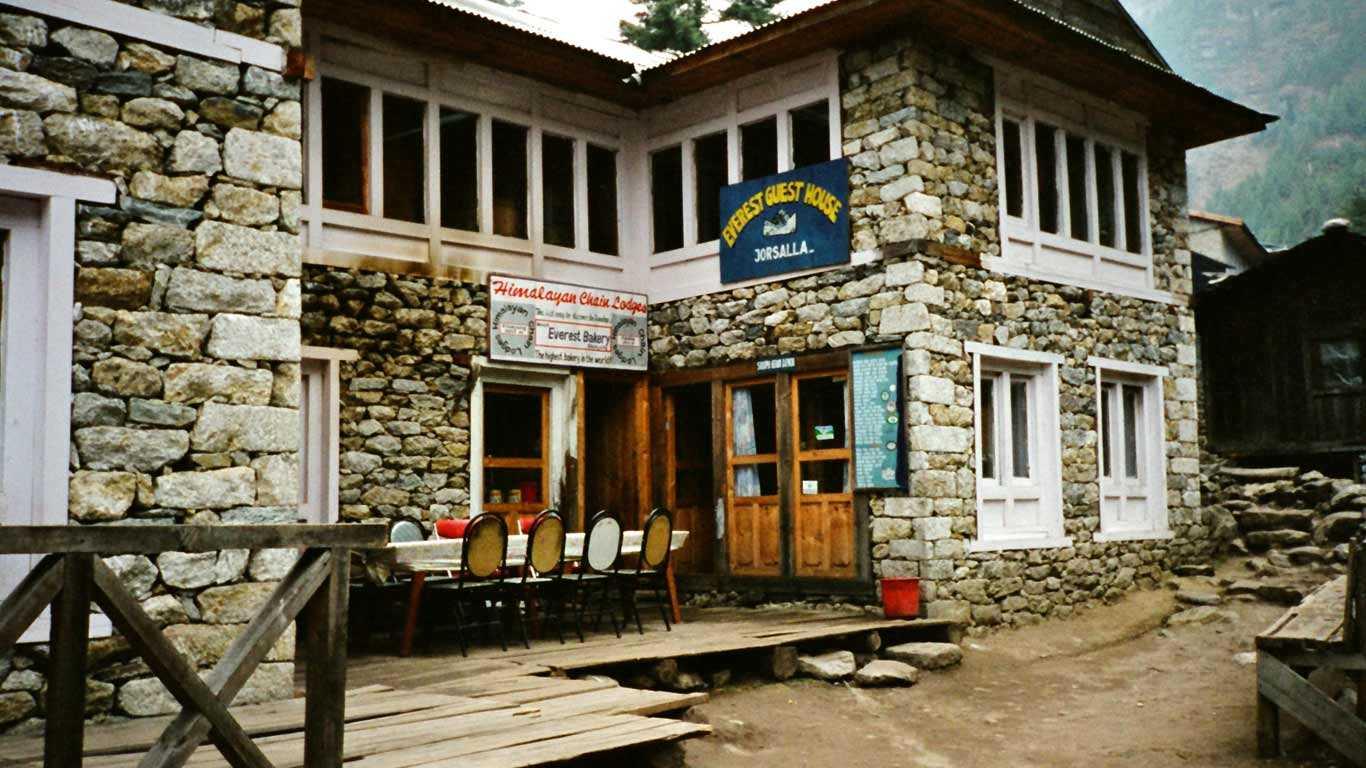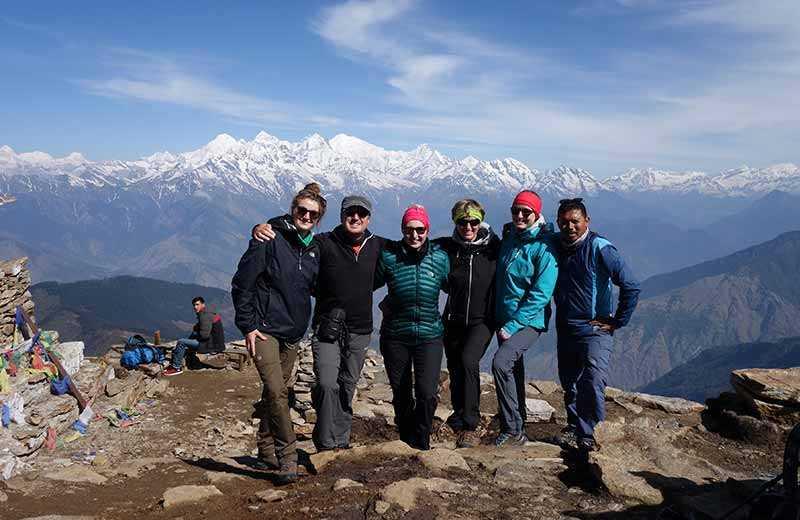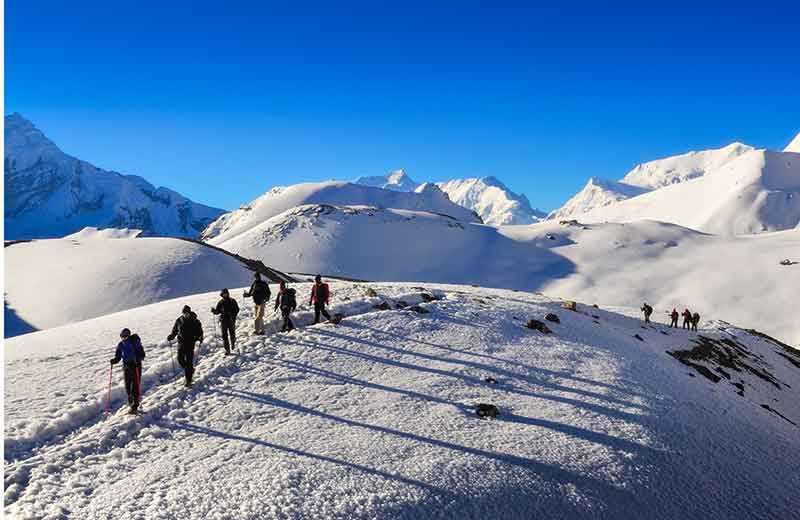Dos and Donts While Trekking in Nepal

Dos and Donts While Trekking in Nepal
Nepal is one of the best trekking destinations in the world. Thousands of people visit Nepal every year. Exploring the nature of Nepal through a trek is very thrilling. There are stunning views of mountains, nice-looking valleys, and exotic people.
However, to have a safe and joyful trek, there are specific guidelines that one must follow. Herein, we will help you with the dos and don'ts of trekking in Nepal. You will have the best if you respect the environment and local people.
Are you planning to trek in Nepal or already in the country? If you are interested in getting some insight into how it started, this article is for you. I will now discuss what you should do; for instance, you should always plan well, respect the different customs of the places you visit, and drink a lot of water.
We will also learn what not to do—this concerns littering, setting up impossible goals, and disregarding the signs of altitude illness. These tips can benefit anyone, from the first-time trekker to the professional hiker. By adhering to these principles, your trek will be safer, more enjoyable, and more sensitive to this country's landscape and local people.
Must Dos while trekking in Nepal
Trekking in Nepal is a great way to experience the cultures and landscapes, and several methods exist to get the most out of it. Nepal is famous for its different and exotic experiences for travellers, be it an adventure into the physical terrain or exposure to cultural values.

Whether one aims for peacefulness in mountain ranges or diverse cultural experiences in villages, every step along the trail rewards one with something new.
For any trekking enthusiast, it is not only the experience of getting to such a place that matters, but also the wonders of nature and the cultural marvels of Nepal.
Here, we will discuss some of the best ten tips for trekking in Nepal. These tips will help you a lot.
Respect Local Customs and Traditions:
Trekkers and hikers in Nepal must respect the destination's culture and the norms of the society. Cultural life in Nepal is intense and colourful, as the people of this country have unconsciously preserved many features and values.

Avoid wearing short clothes, especially when dealing with the locals, as this covers your shoulders and knees. It is always appropriate to seek permission when capturing people's photos or holy places.
Engaging in local customs when invited means that one should embrace the culture of the country's people in which they are received. It is also recommended that a few Nepali phrases be picked up to negate any animosity with the locals.
Stay on Designated Trails:
This is a good safety measure and necessitates minimum environmental impact by sticking to the provided trail. Off the trails may pose many dangers; one may get lost or reach difficult terrain.
First of all, off-trail hiking affects soil structure and, consequently, endangers plant life. Secondly, it creates conflicts with wildlife.
Boundary signs are put up for the security of the trekkers, so stick to the marks and do not take shortcuts that result in tearing away the trails. So, please hike within the authorized and designated trail for your safety.
Pack Essential Trekking Gear:
Appropriate clothing and footwear are paramount for enjoyable and safe trekking in the Nepalese territory. A hiker will need loose, dry, and comfortable clothing, good shoes, preferably for trekking, a durable and comfortable backpack, and other items such as a first aid kit.

Some may depend on the climate: layers of clothes for additional warmth, a raincoat and hat for rain, a hat/umbrella, and sunglasses for the sun. Do not forget to carry a water bottle, some snacks, and an extra battery pack for your gadgets.
Acclimatize Properly to Avoid Altitude Sickness:
Acute mountain sickness is always a big issue for those who will trek in places like Nepal, including Everest Base Camp or Annapurna Circuit. To prevent this, you need to acclimatize by starting at a certain altitude and then slowly going up so that the body has time to adapt to a higher altitude.
Acclimatize following the 'climb high, sleep low' rule, use rest days when needed, carry enough water, and refrain from alcohol and smoking. Headache, dizziness, nausea, and, in severe cases, the heart rate increases remarkably, so if the signs worsen, one has to go down.
Carry Enough Cash for Remote Areas:
Although major towns and cities in Nepal have ATM services, remote trekking areas may not. This means that individuals should plan to carry sufficient money for food, accommodation, and tipping the guides and porters, if any.
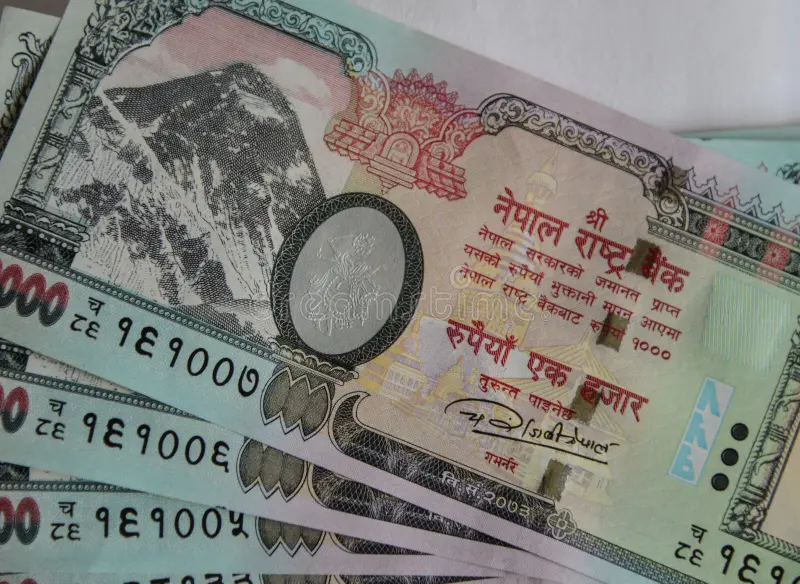 Trekkers can purchase snacks and souvenirs with small amounts of money. Some remote areas of Nepal may not have access to the internet; hence, you must carry cash in such places.
Trekkers can purchase snacks and souvenirs with small amounts of money. Some remote areas of Nepal may not have access to the internet; hence, you must carry cash in such places.
Minimize Environmental Impact:
Trekking is one of the main attractions in Nepal, and it is advisable to select areas that exert minimal pressure on the environment.
Follow the "leave no trace" principles: bring out all your trash, do not use polyethylene bags, and use biodegradable soap. Stay on existing trails to reduce pressure on the terrain and avoid interference with flora and fauna.
Encourage eco-friendly accommodations and policies, and explore carbon neutrality. It also contributes to reducing your negative impact on the environment and ensuring the beauty of Nepal's geography remains preserved.
Stay Hydrated and Eat Nutritious Food:
This is especially important when trekking to ensure that the body gets the necessary nutrients to fuel the activities and maintain good health.
 Bring along your water bottle and purify it using purification tablets or filters if needed. Take plenty of water, especially at higher altitudes, where one may become dehydrated quickly.
Bring along your water bottle and purify it using purification tablets or filters if needed. Take plenty of water, especially at higher altitudes, where one may become dehydrated quickly.
Food should be taken proportionally with carbohydrates, proteins, and fats for energy production. Such meals as dal bhat are good sources of nutrients, as they are local dishes. Do not consume alcohol as it is dehydrating and may affect the decision-making process.
Be Prepared for Weather Changes:
The weather in the mountains is always unpredictable, which means that one should be ready for a change in the weather. Pack layers that you may or may not need, such as a hat, gloves, and a raincoat.

One should always look at the weather forecast and be prepared for the temperature, wind, and even rainfall fluctuations.
Knowing the climate and the weather conditions of the area you are going to and being ready for different types of weather will make you more comfortable and safer during the trek.
Communicate Your Trekking Plans:
Always inform someone about your trekking plans, including your route, expected duration, and any changes to your itinerary. Choosing a reliable, reputable, and government-authorized trekking company is very important.
This ensures that your trip is professionally well-planned, and rescue operations can be initiated promptly in case of emergencies. Keeping in touch with your trekking group and guides and having a reliable means of communication, such as a phone or a local SIM card, enhances safety and coordination.
Avoid Littering the Trails:
Littering tarnishes the beauty of Nepal's trekking trails and harms the environment and wildlife. Always carry a bag for your waste and dispose of it properly when you reach a village or town with waste management facilities.
Avoid using single-use plastics and opt for reusable items. Follow the "leave no trace" principles by packing out everything you bring in, including food wrappers and toilet paper.
Maintaining clean trails contributes to the sustainability of Nepal's natural heritage.
What should you not do while trekking in Nepal?
Well, every destination in the world has its own rules and customs. In the same way, Nepal does have some customs for travellers. Being a culturally and naturally rich country, Nepal has many rules and regulations.
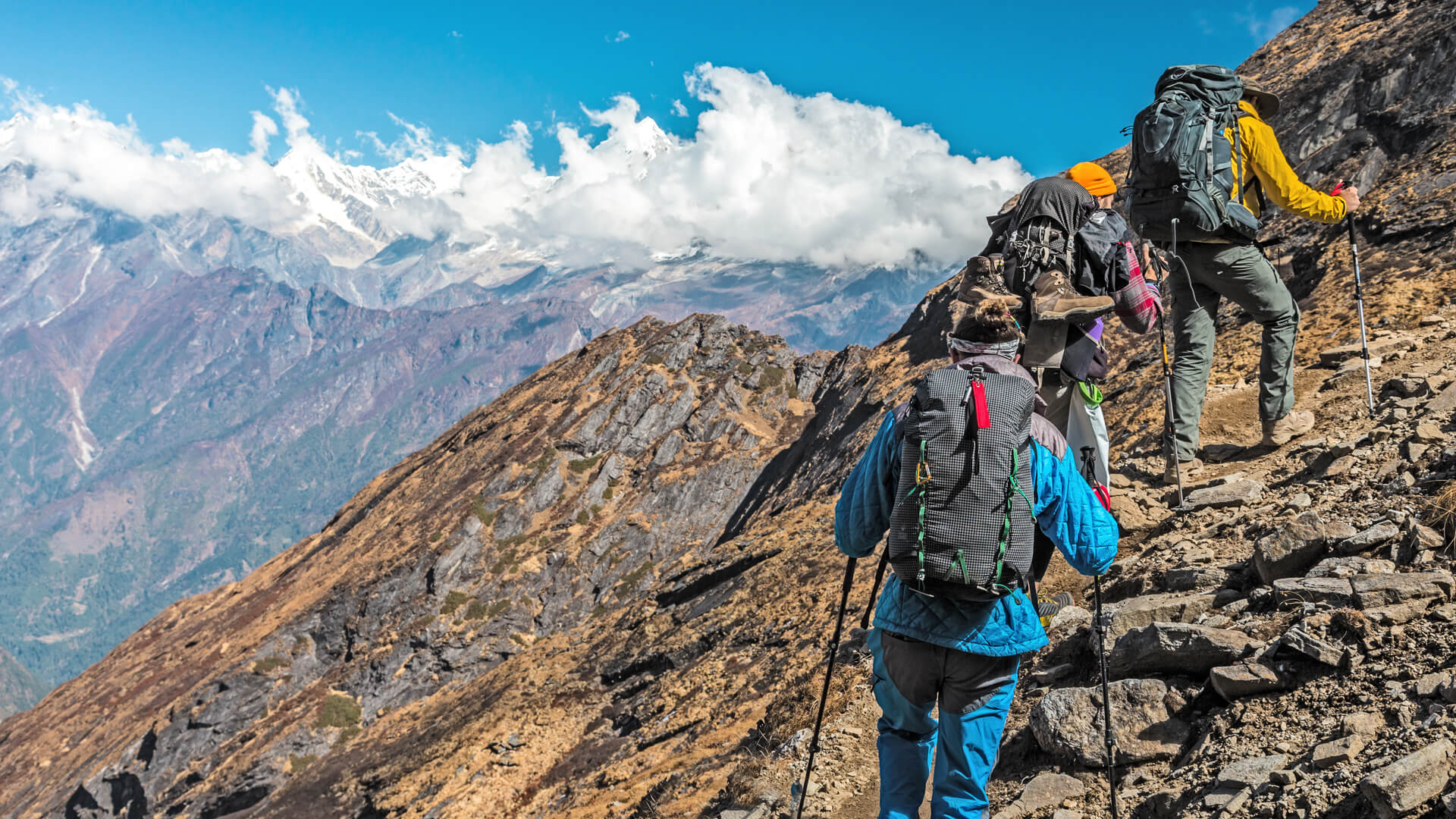 As trekking involves being in the country, you must follow the rules as per the law and trek joyfully. So, we will help you trek peacefully in Nepal. Here are some major don’ts while trekking in Nepal.
As trekking involves being in the country, you must follow the rules as per the law and trek joyfully. So, we will help you trek peacefully in Nepal. Here are some major don’ts while trekking in Nepal.
Don't Overestimate Your Abilities:
Thus, overestimating your trekking abilities can lead to several accidents. Hiking in Nepal is mostly mountainous and mostly associated with high altitudes, which puts a lot of demand on the hiker's physical prowess.
One needs to ensure that the trek chosen is appropriate for the kind of trekkers they are, ranging from easy to difficult treks.
Many times, people try challenging courses without the necessary preparations, and they end up being tired, injured, or experiencing symptoms of altitude.
One must never overestimate oneself, train properly before the trek, and respect the signs the body gives when one is too exhausted to continue.
Don't Disregard Altitude Sickness Symptoms:
People often need to learn to pay enough attention to symptoms of altitude sickness, as their consequences can be severe. There is no reason that one should have negative concerns such as headaches, nausea, dizziness, and shortness of breath.
In your group, if you or any of you have any of the symptoms of altitude sickness, the immediate measures you are likely to be advised to take include resting, drinking adequate water, and pulling out of the high-altitude area.
If one insists on continuing to climb even with presenting symptoms, conditions such as HACE or HAPE may develop, which can be lethal.
Don't Disturb Wildlife or Local Livestock:
Interfering with wild animals or sometimes the domestic animals within the ecosystem can upset the natural ecological system of the area and sometimes endanger the inhabitants' lives. Do not approach any animals, and do not try to pet or feed them.

Animals act rather unpredictably, and you can become a victim of animal attacks or any other type of incident that may occur. Likewise, as related to the property of the local people, respect the livestock as they will make a lot of difference in their lives. Avoid unnecessary movements and try not to disturb passersby to avoid getting in trouble.
Don't Ignore Local Guidelines and Regulations:
Failure to adhere to the community rules or laws may result in appropriate actions being taken against the offender, for instance, being penalized with fines or facing the law.
Every area that is open for trekking in Nepal has certain established policies aimed at preserving nature and preventing hazards for tourists.
It is recommended that you always ensure you have the right permits, avoid going off track, and always listen to the authorities and guides’ leads.
Sticking to the following guidelines can contribute to the effective preservation of the natural and cultural environment and to the avoidance of any unfortunate events that might happen during outdoor activities.
Don't Trek Alone in Remote Areas:
Trekking solo in remote areas may be a very dangerous thing to do. Especially when one is out for a trek alone in the wilderness at night.

The extreme geographical conditions in the Himalayan region, such as tough terrains and ways, can put one in some situations where the company is desirable and Compelling.
In case something happens to you, such as incurring an injury, falling sick, or even getting lost, you have no one to turn to if you are alone.
This is always recommended in case one wants to hike in the region, since it's always safer to move in groups or alongside qualified guides who are well conversant with the terrain.
This helps you avoid any dangers and makes the experience more shared and fun as you meet other trekkers.
Don't Overload Your Backpack:
It is also inadvisable to overload your backpack because not only can it cause physical discomfort and fatigue, but it will also limit your speed. Pack only what is necessary to avoid overloading a backpack, which may end up being very bulky for the hiker.

This amount of luggage weight puts strain on the back, resulting in pain, tiredness, as well as reduced mobility, which increases the difficulty of the trek.
Pack the items in such a way that many of them can be used many times before being changed, and the weight of each piece of baggage should not be too much, which causes strain on muscles.
Lightweight, which provides easy carrying of the bag throughout the trek to minimize any extra strain.
Don't Disrespect Sacred Sites and Monuments:
Disrespecting sacred sites and monuments can offend local communities and violate cultural norms. Many trekking routes in Nepal pass through areas with significant religious and historical importance.
 Always show respect by removing your shoes, speaking quietly, and refraining from inappropriate behaviour such as climbing on monuments or taking disrespectful photos.
Always show respect by removing your shoes, speaking quietly, and refraining from inappropriate behaviour such as climbing on monuments or taking disrespectful photos.
Following local customs and demonstrating reverence for these sites fosters positive interactions with local communities and enriches your cultural experience.
Ways to Respect Nepali Culture:
Dress Modestly:
Wear clothing that shields your shoulders and knees, especially in villages and religious sites.
Use Polite Language:
Learn basic Nepali greetings and phrases. Simple words like "Namaste" for hello and "Dhanyabad" for thank you go a long way.
Respect Religious Practices:
Always ask for permission before entering a temple or monastery and remove your shoes.
Avoid Public Displays of Affection:
Nepali culture is conservative, and public displays of affection are considered inappropriate.
Respect Elders:
Show respect to older people by using both hands when giving or receiving something and addressing them respectfully.
Ask for Consent Before Photos:
Always ask before taking photos of people, especially in rural areas.
Follow Local Customs:
Participate in local customs and traditions when invited, but do so respectfully.
Do Not Touch People with Your Feet:
In Nepali culture, feet are impure. Avoid pointing your feet at people or religious objects.
Respect Prayer Flags and Stones:
Walk to the left of the prayer flags and stones, and do not step over them.
Do Not Disturb Wildlife:
Respect the natural environment and do not disturb animals or plants.
Things Considered Sacred or Culturally Significant in Nepal:
Pashupatinath Temple:
Pashupatinath is one of the most sacred Hindu temples dedicated to Lord Shiva.
Cow:
The cow is the national animal of Nepal and is also worshipped during major festivals.
Boudhanath Stupa:
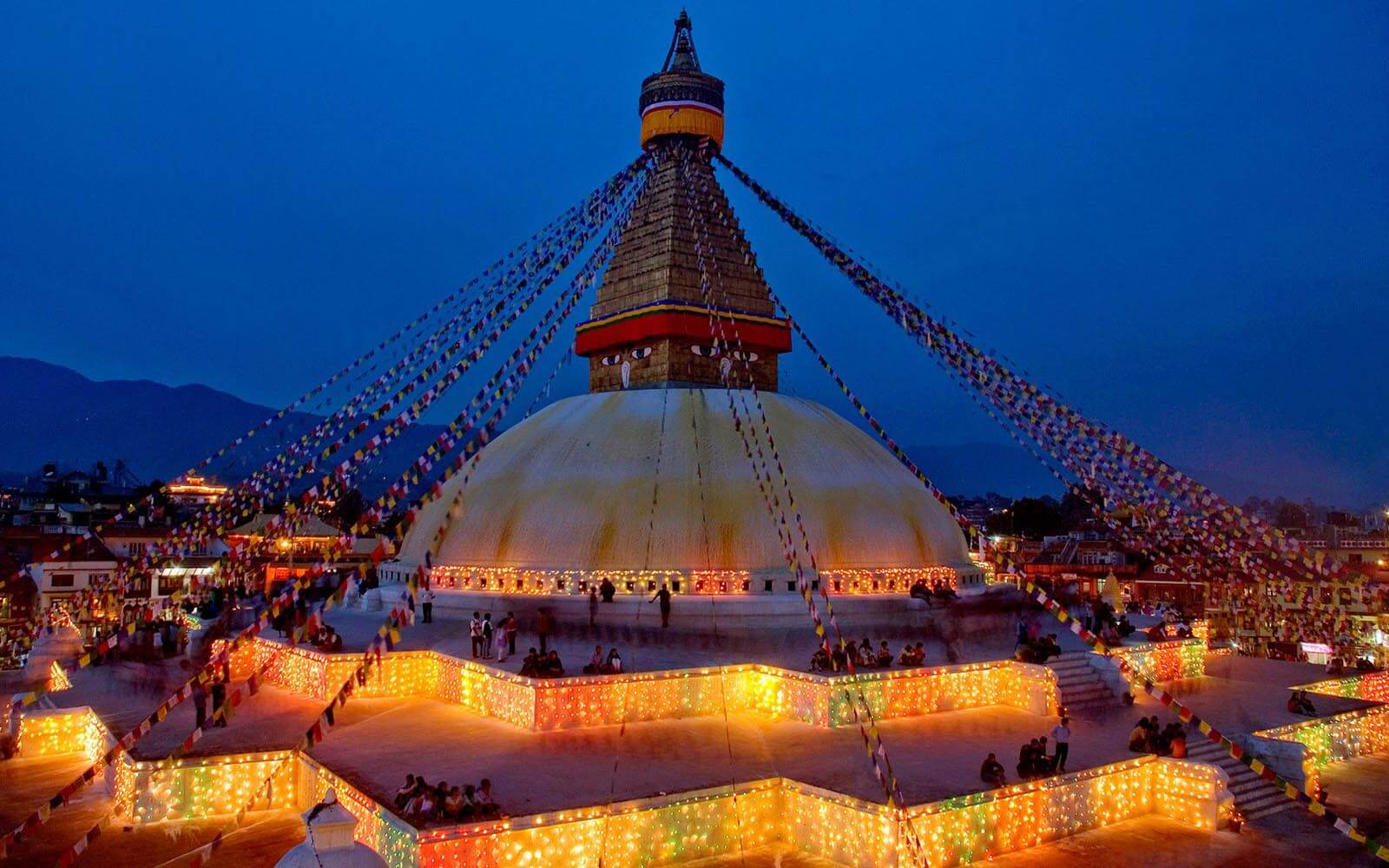
A significant pilgrimage site for Buddhists, it has a large Buddhist stupa.
Swayambhunath (Monkey Temple):

An ancient religious temple atop a hill in Kathmandu.
Lumbini:
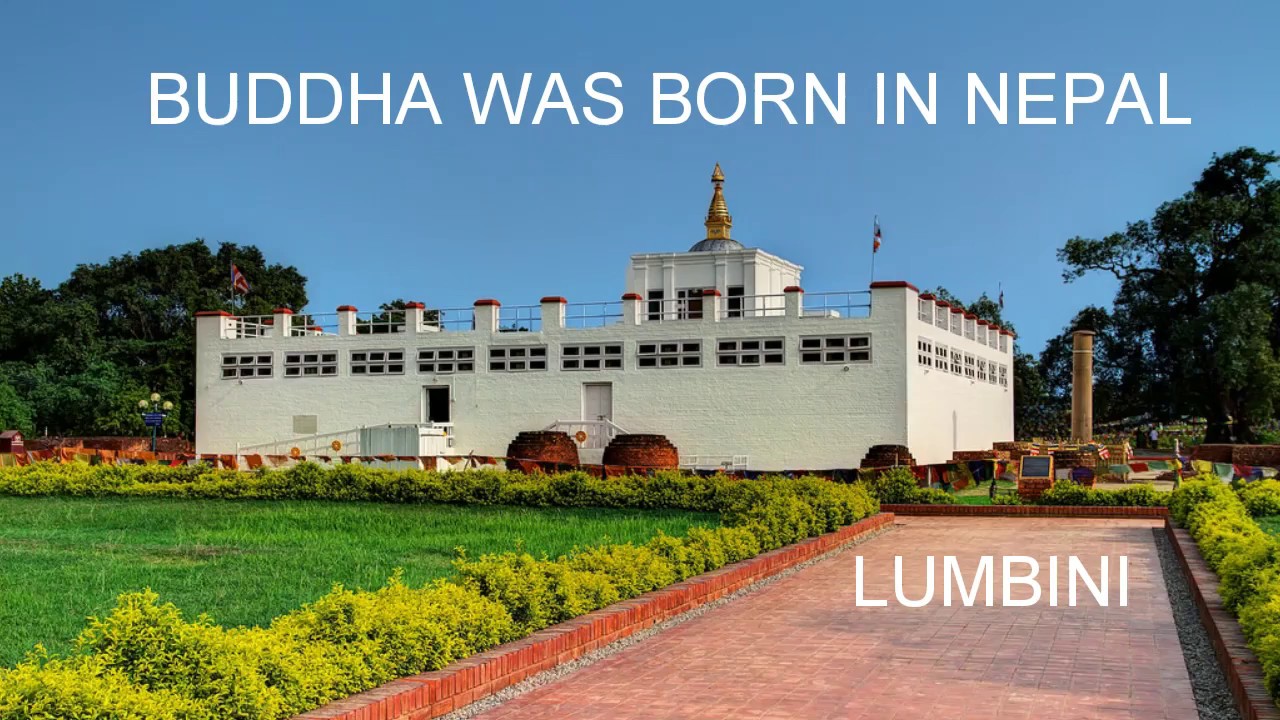
The birthplace of Lord Buddha.
Prayer Flags:
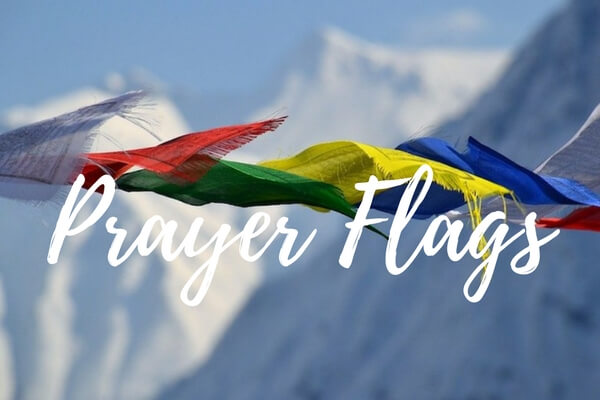
Colorful flags inscribed with prayers and mantras.
Prayer Wheels:
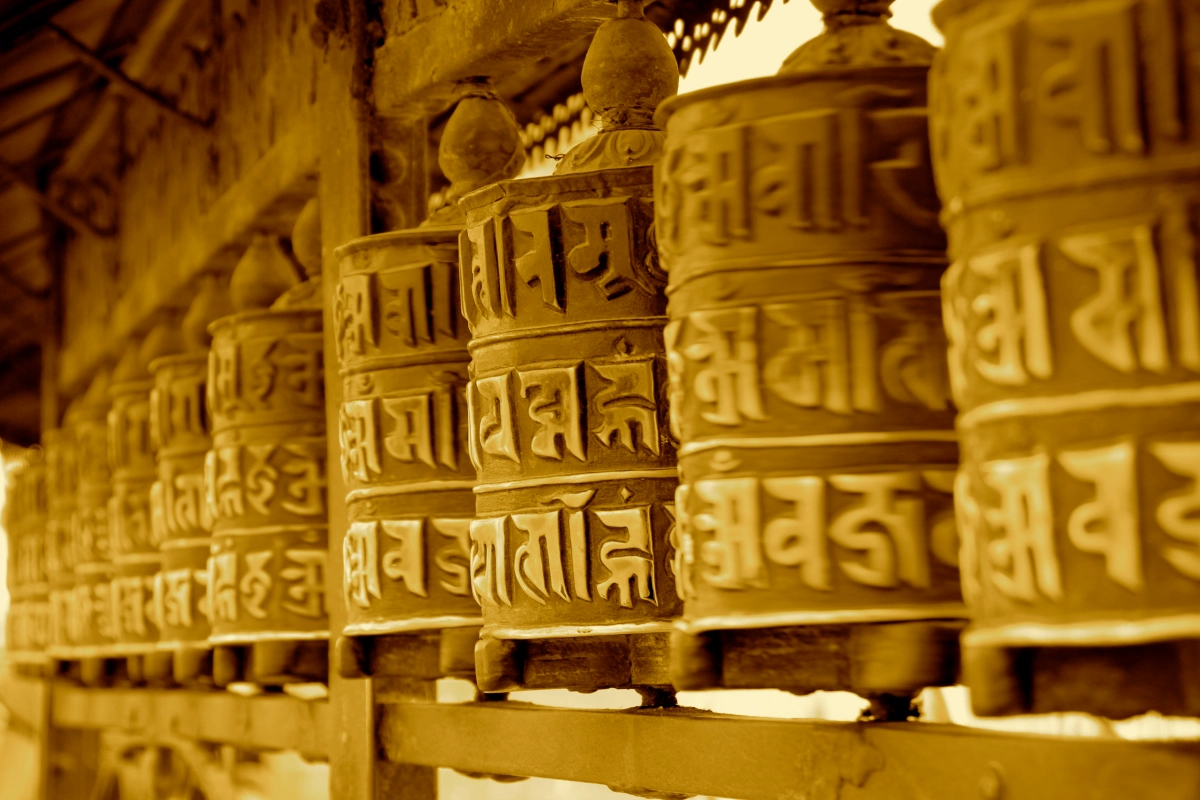
Cylindrical sacred objects containing scrolls of sacred texts spun to release prayers.
Chortens/Stupas:
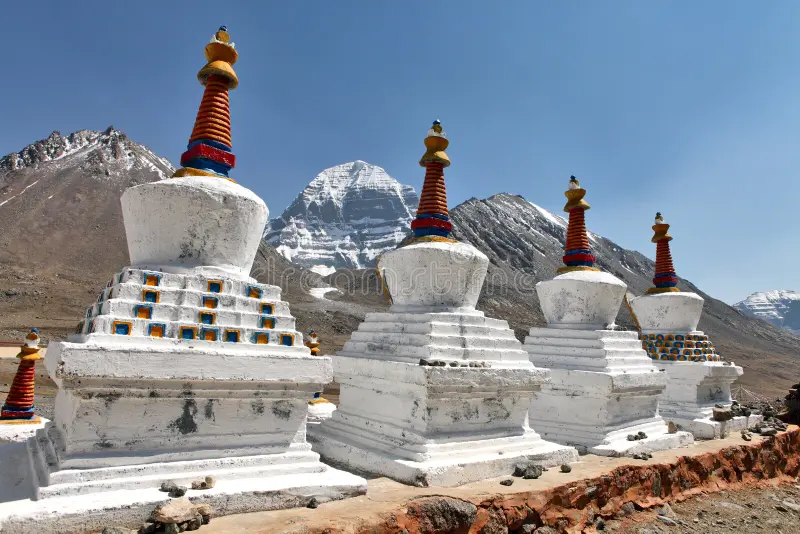
Buddhist shrines represent the path to enlightenment.
Gumbas/Monasteries:
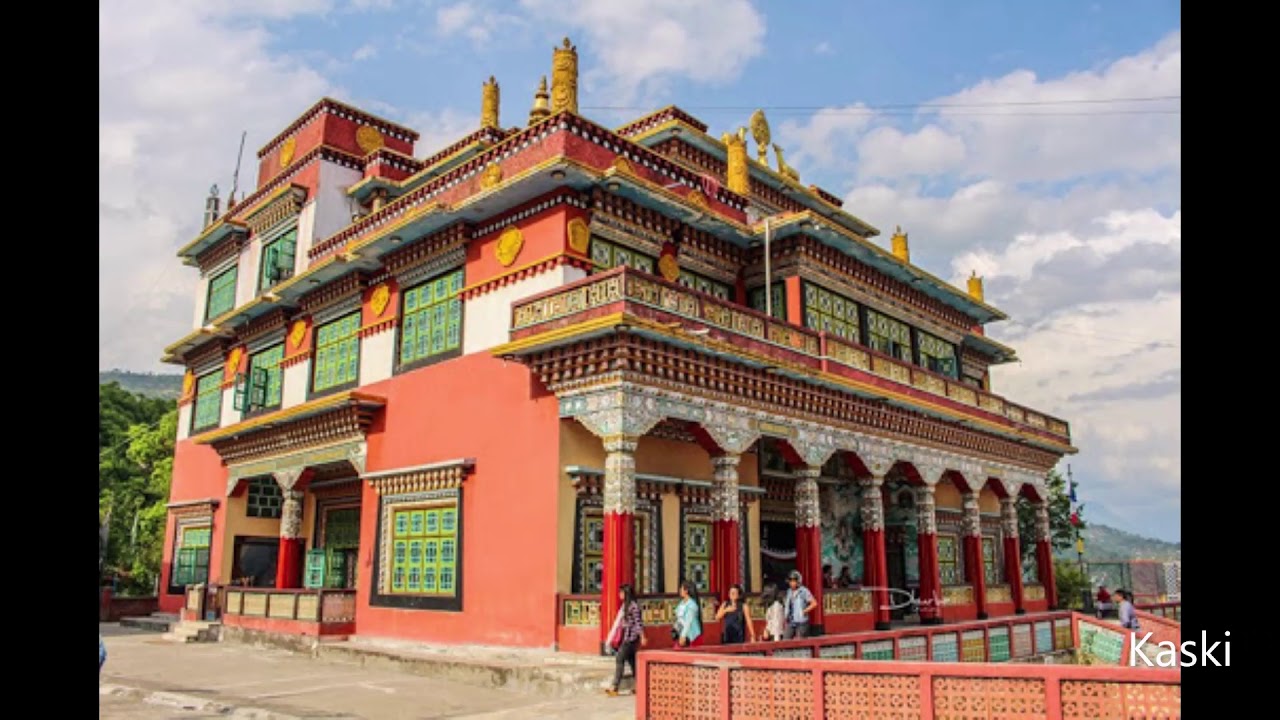
Centers for Buddhist monks and nuns.
Muktinath Temple:
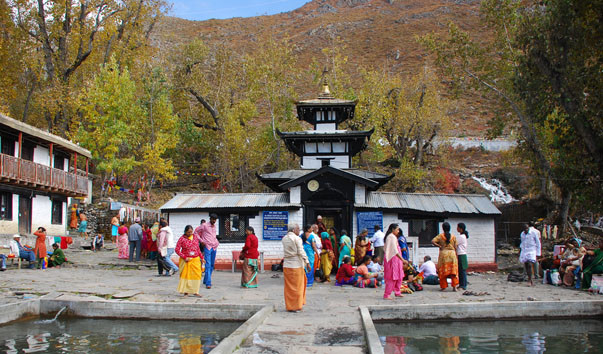
A sacred place for both Hindus and Buddhists.
Dashain and Tihar Festivals:
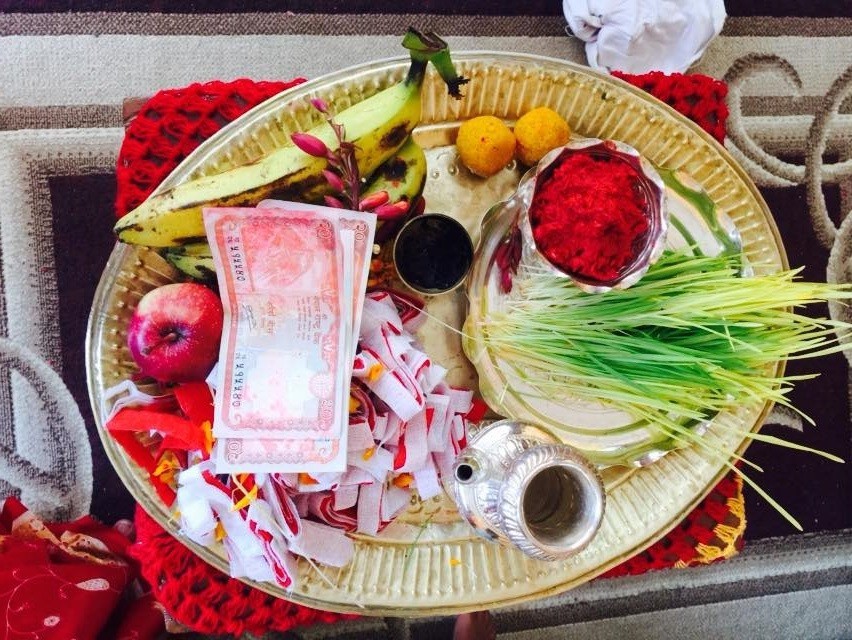
Dashain and Tihar are major Hindu festivals. And they are celebrated with various rituals and traditions.
Janaki Mandir:
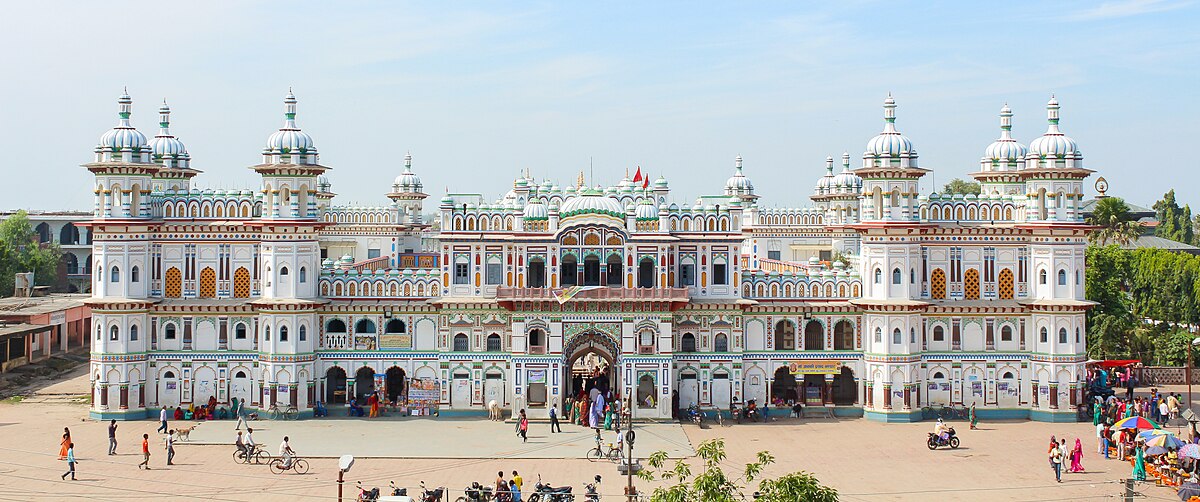
A Hindu temple in Janakpur is dedicated to Goddess Sita.
Kumari (Living Goddess):

The tradition of worshipping a young girl as the manifestation of the divine female energy.
Manakamana Temple:
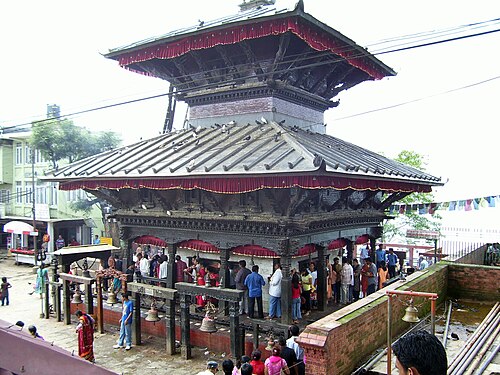
A sacred place believed to fulfil the wishes of the devotees.
Mahashivaratri Festival:

A Hindu festival dedicated to Lord Shiva, celebrated with fasting and night vigils.
Read more blogs

